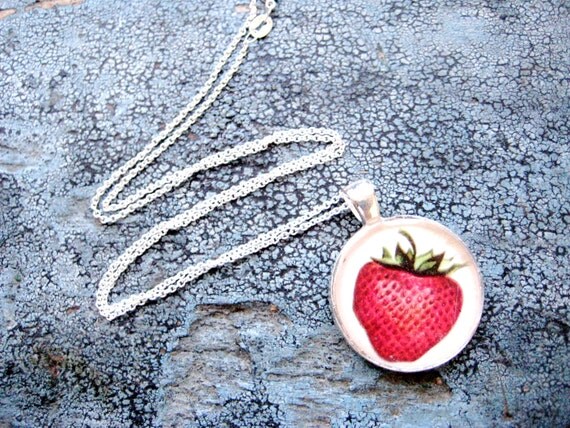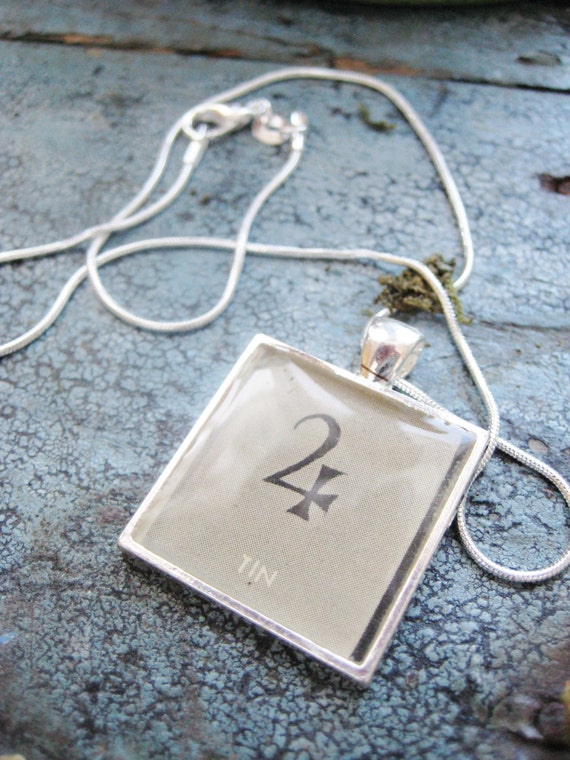October's child is born for woe,
And life's vicissitudes must know,
But lay an opal on her breast,
And hope will lull those woes to rest.
Opal is a really fascinating gemstone, both in appearance, composition, and history. You can pick it out right away by the brilliant play of color that is the trademark of (one of) October's birthstones:
One reason that opal is particularly interesting is that it's the first birthstone in this series to not be a proper mineral.
A mineral has a uniform, organized structure throughout the entire specimen. One bit of a mineral looks largely like the next. Quartz is Si04 all the way through, ruby and sapphire are Al203 all the way through, and so on.
Opal is classed as a
mineraloid—as being almost a mineral. It does have bits and pieces of regularity, but they are not found overall. Instead, an opal's crystal structure (such as it is) is akin to marbles in a vase: globs of order and structure (silicates) with bits of empty space in between. As it is hydrated, some of those gaps in between the marbles are filled with water. From 6%–10% of a given opal's weight may consist of water, though it can be as low as 3% and as high as 21%.
It is the space between that
is the opal's favorite Dave Matthews Band song creates the brilliant play of color so renowned in opal. That space distorts and bends the light, resulting in a variety of different colors. You can think of an opal as an aggregate of lots of little prisms.
 |
| Microscopic silcate beads in opal. |
The name "opal" likely can be traced to the Sanskrit word
upala, meaning "precious stone." It comes to us today from Sanskrit to Greek (
opallios, now meaning "color change") to Latin (
opalus) to Middle French (
opalle) to English. Because of the multitude of colors found in it, opals were thought to be comprised of many other precious gems, as Pliny the Elder wrote:
Made up of the glories of the most precious gems, to describe them is a matter of inexpressible difficulty. For there is amongst them the gentler fire of the ruby, there is the rich purple of the amethyst, there is the sea-green of the emerald, and all shining together in an indescribable union.
Opal was a popular stone among blondes, as it was thought to be a remedy against darkening hair. It was an opal ring that granted invisibility in the tale of Gyges, and thereafter in Western thought it was associated with invisibility.
Something like 97% of the world's opal supply comes from Australia, and the stone has long been treasured by Aboriginals. They associated the stone's rainbow flashes with their creator god (who originally came to Earth on a rainbow) and outcrops with opal became sacred ceremonial grounds. However, those were not the opals that Pliny the Elder was writing about; early sources in Europe often came from what is today Hungary, and then from Central America once the Age of Exploration was well underway. The world's earliest opal artifacts (dating to 4000 BCE), meanwhile, were found in Kenya, with opal from Ethiopia.
For a short while, opals were considered an unlucky stone, thanks in large part to Sir Walter Scott's 1827 novel,
Anne of Geuerstein. One of the main characters, Lady Hermione, wore a beautiful opal in her hair whose color change matched her mood. After meeting some holy water, both Lady Hermione and the stone became nothing but ash.
This image lodged itself in the popular consciousness and the market for opals plummeted. This decline wasn't helped by the fact that people at the time had no idea how to properly care for opals; more than other precious stones, opal was prone to cracking and breaking, always interpreted as an ill omen.
But opal's beauty is hard to resist. With the discovery of beautiful black opals in Australia in 1877, the market revived. Shortly thereafter, Australia overtook Hungary and other European suppliers as the world leader in opal production.
I'm writing about opal in a general sense, but there are many different types of opal. There isn't any particularly type of opal that is specifically the birthstone and there isn't too much difference between types beyond coloration.
There is white opal, the most common kind of opal. At a distance, it looks more or less white (except for any color play). White opal accounts for about 60% of the world supply of opal.
There is black opal, which looks much darker at a distance. The play of color on black opal is saturated and striking.
A type very similar to black opal is boulder opal. It gets its name from the ironstone boulders it forms on, and is only found in Queensland, Australia. Boulder opal on its own is quite thin, so it's always cut with a bit of the ironstone boulder left on the back; often there is also ironstone matrix throughout the whole cut stone.
If any of the first two types of opal have unusually transparent bodies, they are referred to as crystal opals.
Outside of Australia, the Mexican fire opal has become popular. Its play of color isn't as dramatic as specimens from Australia, but the colors are often fiery reds, oranges, and yellows (hence the "fire" appellation).
Any kind of opal whose play of color is more subdued and less brilliant than average is referred to as a jelly opal. An opal without any play of color at all is called common, or potch opal. Potch opal comprises 95% of the opal mined, worldwide.
Another cool thing about opal is that it is often a replacement medium for fossils. You often find opal in petrified wood (which is to say, you often find opalized wood) and other fossilized things, including ammonites.
For some reason I never knew this until a few months ago. You learn something new every day, or something.
Because the most beautiful opals command high prices, there are of course different methods of synthesizing or imitating opal, or just reducing the cost.
If you delve at all into the online opal mines you will find people discussing
doublet and
triplet opals. These are slim pieces of opal epoxy'd on to a backing: sometimes potch opal, sometimes another darker, sturdy stone, sometimes black glass. This is a doublet (as in two layers, or double). A triplet is a doublet with a dome of quartz affixed to the other side of the opal—3 layers. This has long been a common way for people to create affordable, opal-like jewelry.
Opal has been synthesized since 1974, and the practice continues today, Lab-grown opals can be distinguished from natural ones by their play of color (it is much more regular and symmetrical, with larger color bands, in lab-grown than in nature). Natural opals also fluoresce, while lab-grown ones do not.
Many, though not all, synthetic opals are more properly called imitation, as they contain ingredients not found in natural opals (plastic stabilizers, primarily). An even lower-budget imitation opal is just colored foil under glass. This was a popular choice for costume jewelry, especially during the Art Nouveau movement.
Opals also require some more care and attention than other birthstones. They benefit from lots of contact with skin, as they are hydrated mineraloids; without periodic exposure to moisture, they tend to become brittle and crack easily. They are also sensitive to sudden changes in temperature or humidity. Solid opals are not damaged by being submerged in water, but this should be avoided with doublets and triplets.
There are some misnomers out there in the world. "Opalite," for example, is not opal but is a glass imitation with similar play of color. "Sea opal" is merely sea glass. "Slocum opal" another glass imitation opal, though it less popular these days than opalite. They are all quite lovely, but intentionally marketing them as genuine opals is a pretty crappy thing to do.















